The best smart telescopes: view the night sky via the screen of your phone or tablet
The best smart telescopes make it easy to observe and photograph faint deep sky objects even from cities
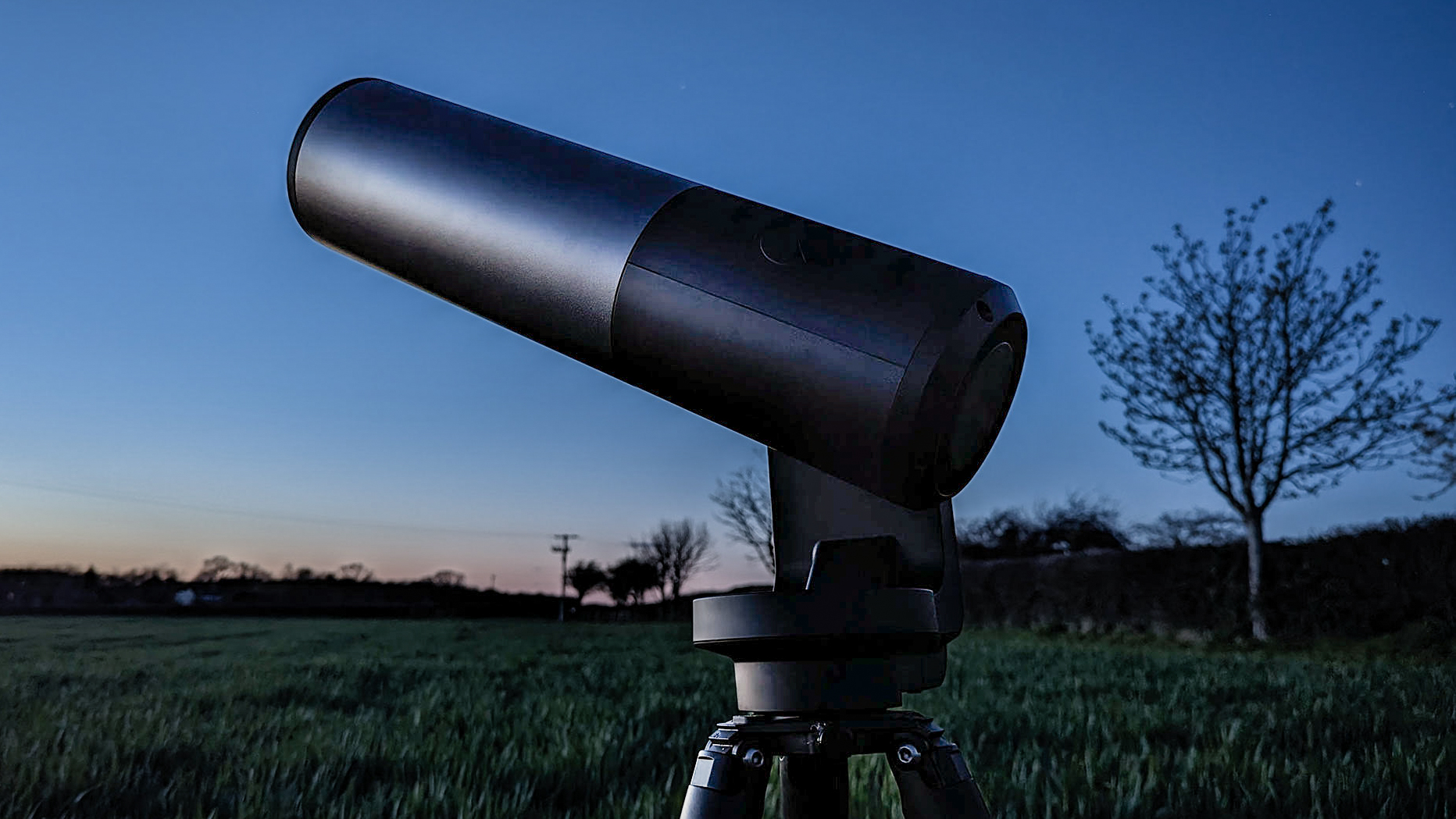
If you're looking for the best smart telescopes that are revolutionizing astronomy by changing how you observe the night sky, then you have arrived at the best place.
We've found and reviewed all the best smart telescopes available in the guide, and have tested them all to bring you the most accurate buying recommendations for your needs.
Unlike some of the best telescopes for astrophotography, smart telescopes are easy for beginners to use. They also use cutting-edge astrophotography techniques to locate faint objects in the night sky and then take long exposure images of them, merging one on top of the other to remove noise, battle the problem of light pollution, and improve the image quality.
If you're looking for the best smart telescopes that are revolutionizing astronomy by changing how you observe the night sky, then you have arrived at the best place.
We've found and reviewed all the best smart telescopes available in the guide, and have tested them all to bring you the most accurate buying recommendations for your needs.
Unlike some of the best telescopes for astrophotography, smart telescopes are easy for beginners to use. They also use cutting-edge astrophotography techniques, to locate faint objects in the night sky and then take long exposure images of them, merging one on top of the other to remove noise, battle the problem of light pollution and improve the image quality.
Our Top Picks
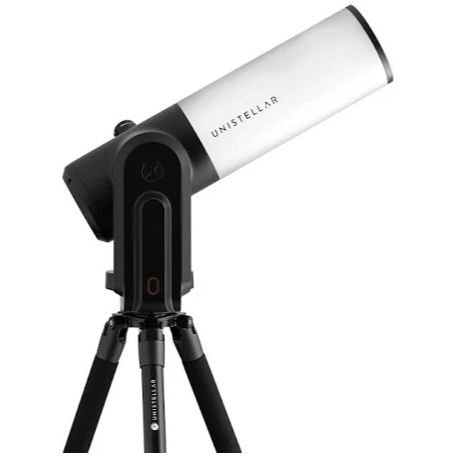
If you just want the best smart telescope on the market, look no further this is the one to get.
Read more below
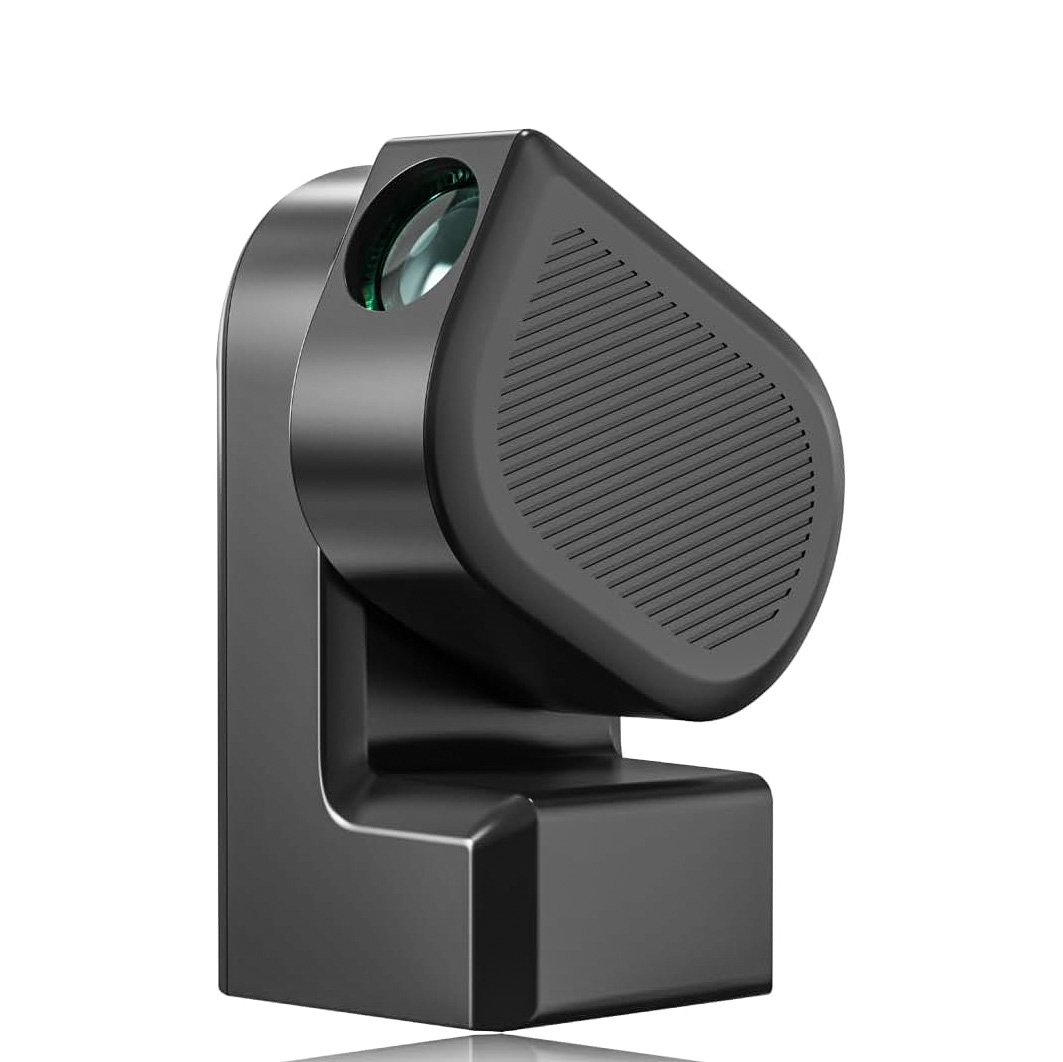
The ZWO is a gamechanger - as it is significantly cheaper than its rivals. The resolution is limited - but we found it performed well and was easy to use.
Read more below
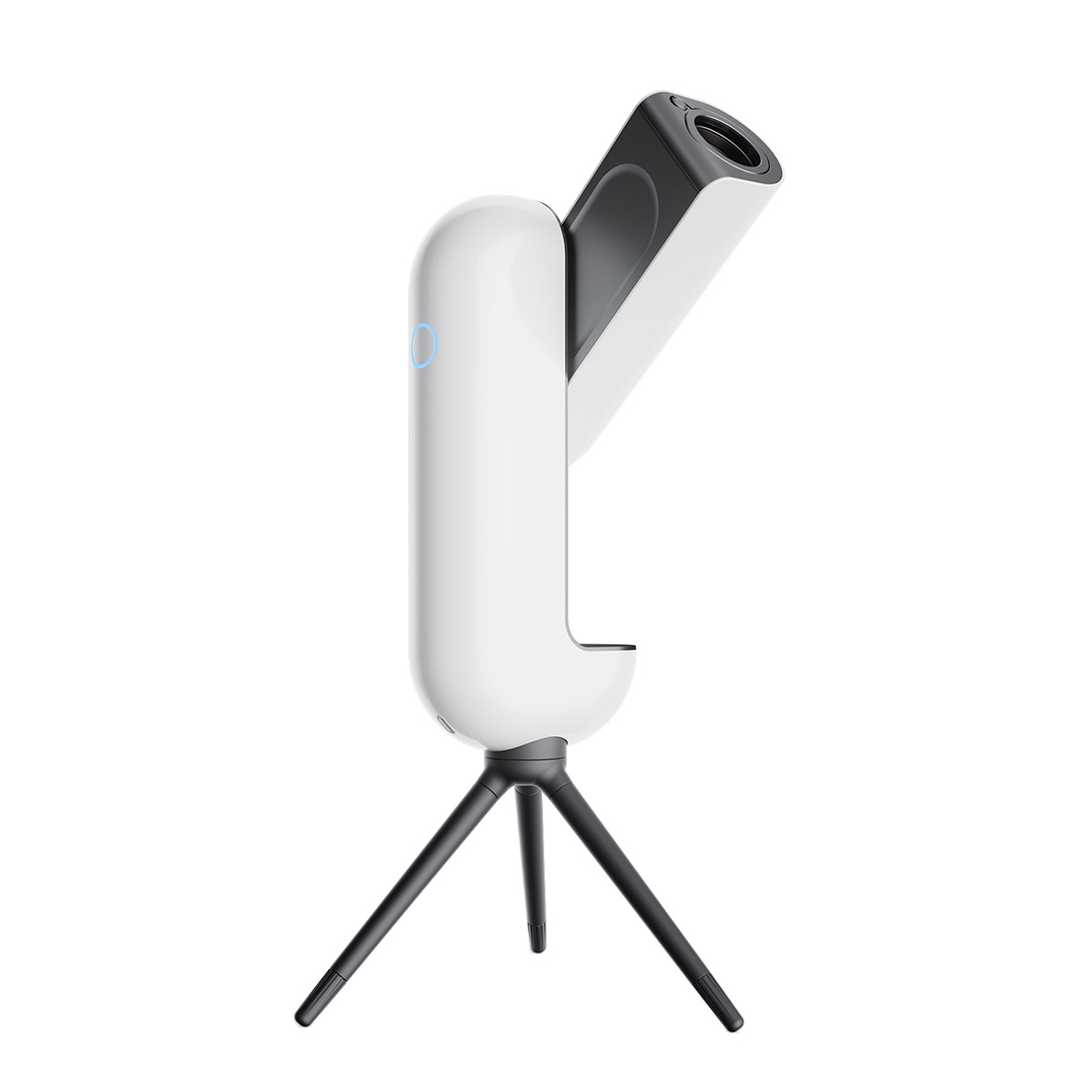
If you are an avid star-gazer who likes to travel this smart telescope that folds out is a true winner, although more expensive than the miniature ZWO.
Read more below
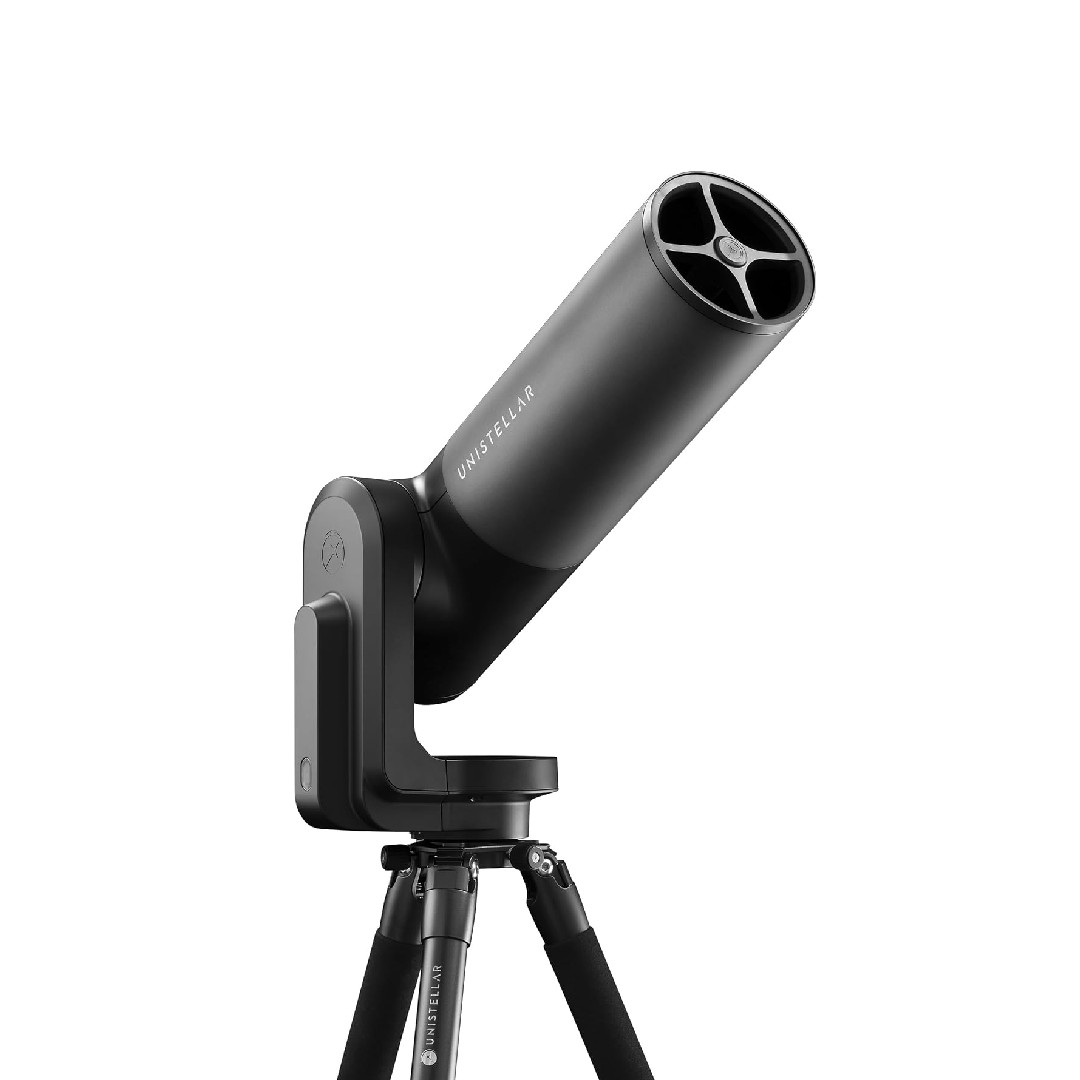
This smart telescope hits a sweet spot between resolution and cost, making it a great option for those who want value for money.
Read more below
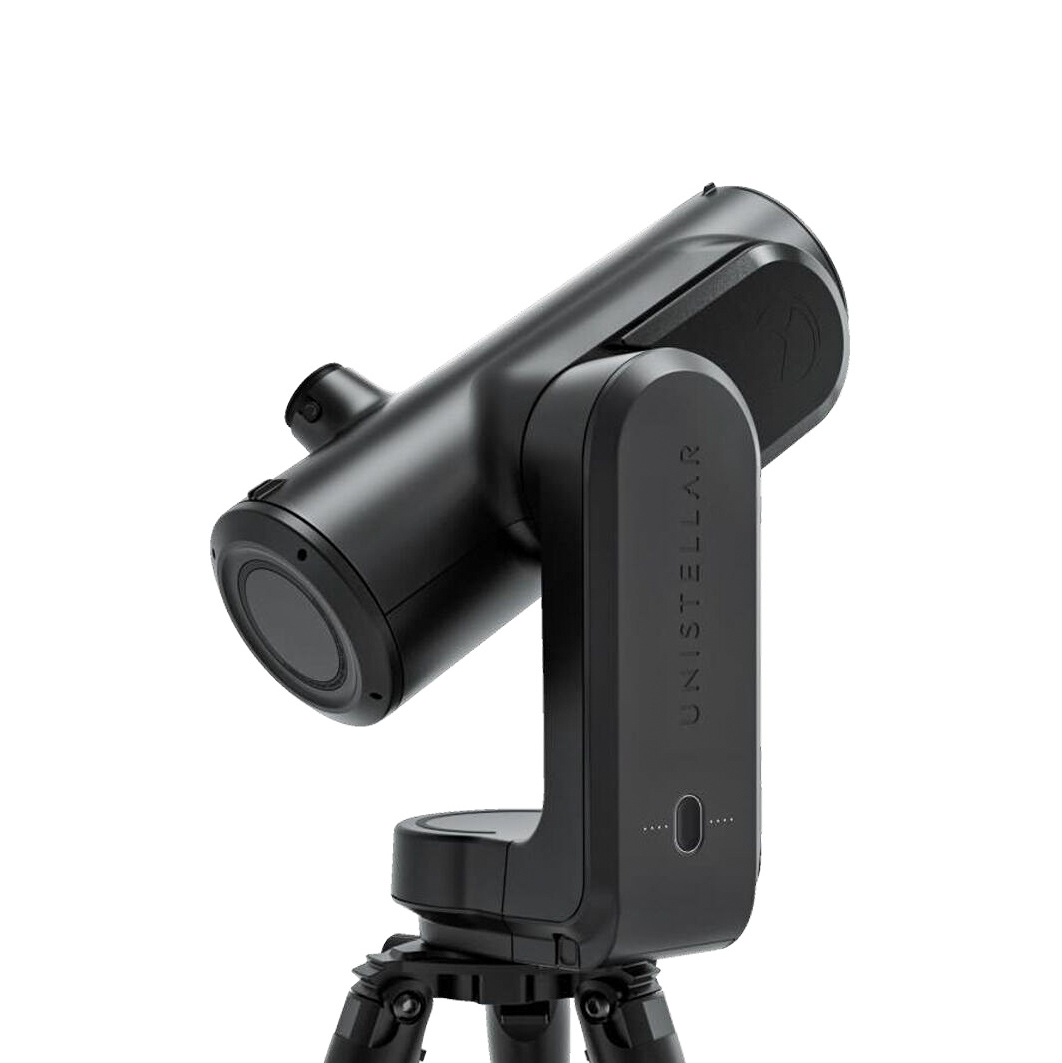
Similar to the eVscope 2 as has the digital eyepiece to view the night sky without the - but this version is lighter and cheaper, and offers a lower image resolution.
Read more below

Jamie is Digital Camera World's astrophotography specialist. He has been writing about all aspects of technology for over 14 years, producing content for sites like TechRadar, Forbes, BBC Focus and BBC Sky At Night magazines.
As the editor for www.WhenIsTheNextEclipse.com, he has a wealth of enthusiasm and expertise for all things astrophotography, from capturing the Perseid Meteor Shower, lunar eclipses and ring of fire eclipses, photographing the moon and blood moon and more. He has personally tested all the smart telescopes in this guide.
The best smart telescopes
Why you can trust Digital Camera World
Best overall
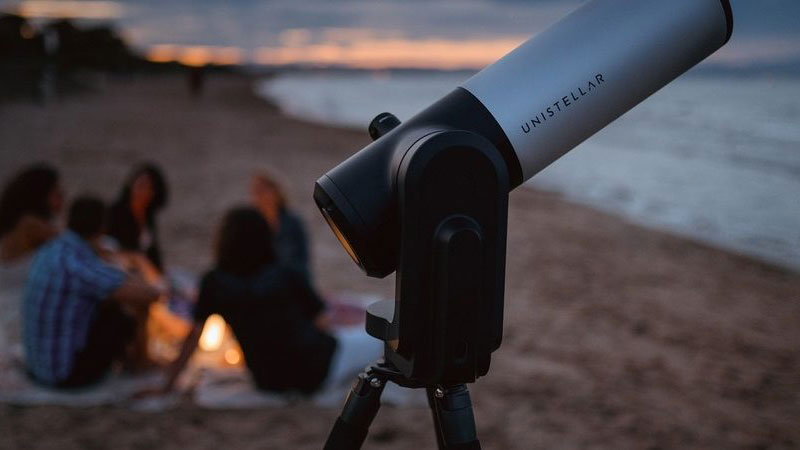
Specifications
Reasons to buy
Reasons to avoid
The eVscope 2 is the most powerful smart telescope around. It may ship with an excellent quality backpack for taking to dark skies, but the eVscope 2 copes brilliantly with urban light pollution. Its Enhanced Vision (EV) images of faint galaxies, nebulae and star clusters can be viewed in the Unistellar app and shared as a PNG file complete with some basic information about the target. A 4.5-inch reflector telescope with a Sony IMX347 image sensor, eVscope 2 has 64MB storage and a 12 hour battery.
The eVscope 2 has a wider field of view than any other smart telescope, bringing the Moon into full view for the first time. Another unique feature is its electronic eyepiece. Made by Nikon, its micro OLED tech provides crisp, contrasty views of night sky objects with plenty of eye relief for glasses-wearers. It helps eVscope 2 bridge the gap between traditional observing and gives users a reason to be outside, but it also makes it easier to focus the optics. Since it’s a reflector telescope it will occasionally need collimating. Read our full Unistellar eVscope 2 review.
Best for value
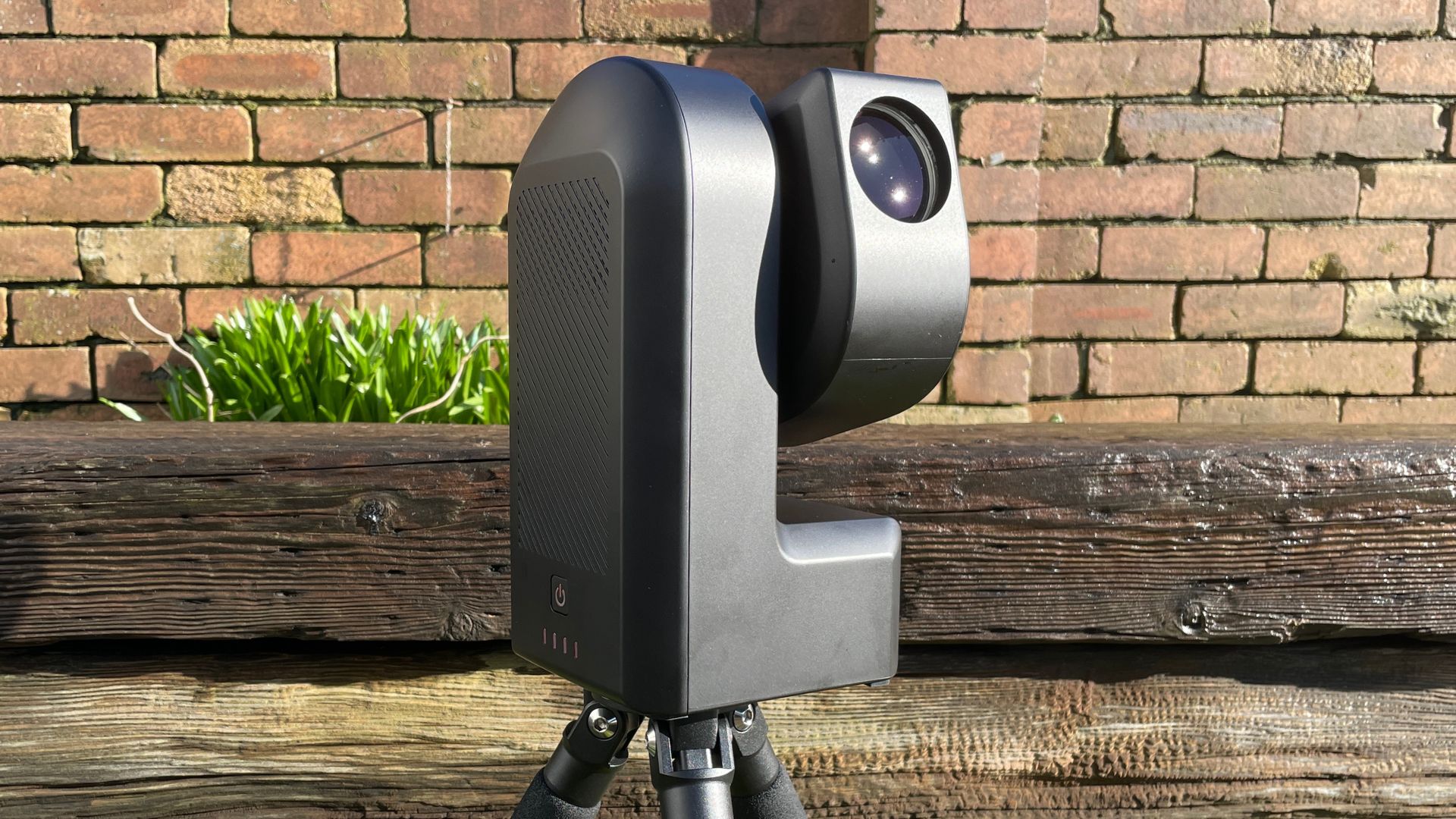
Specifications
Reasons to buy
Reasons to avoid
The Seestar S50's arrival has slashed the entry cost to getting a smart telescope by a huge margin - and is therefore brings effortless astronomy to a greater number of people. It needs to be taken seriously too - as its manufacturer ZWO is one of the most respected names in the specialist world of professional telescope cameras.
There are limitations, however - with one of the most obvious being the maximum 2MP resolution of the camera. But you are also limited to portrait-format images. There is no eyepiece either - but this is less of an obstacle as the whole point of this telescope is that you control and view the night sky from the connected app on your smartphone (or tablet).
In our tests we were impressed with the results you get for the price. A big bonus is that the software allows it to give you decent results even in places with noticable light pollution - and we also found it worked well in daylight for observing the sun.
Best for travel
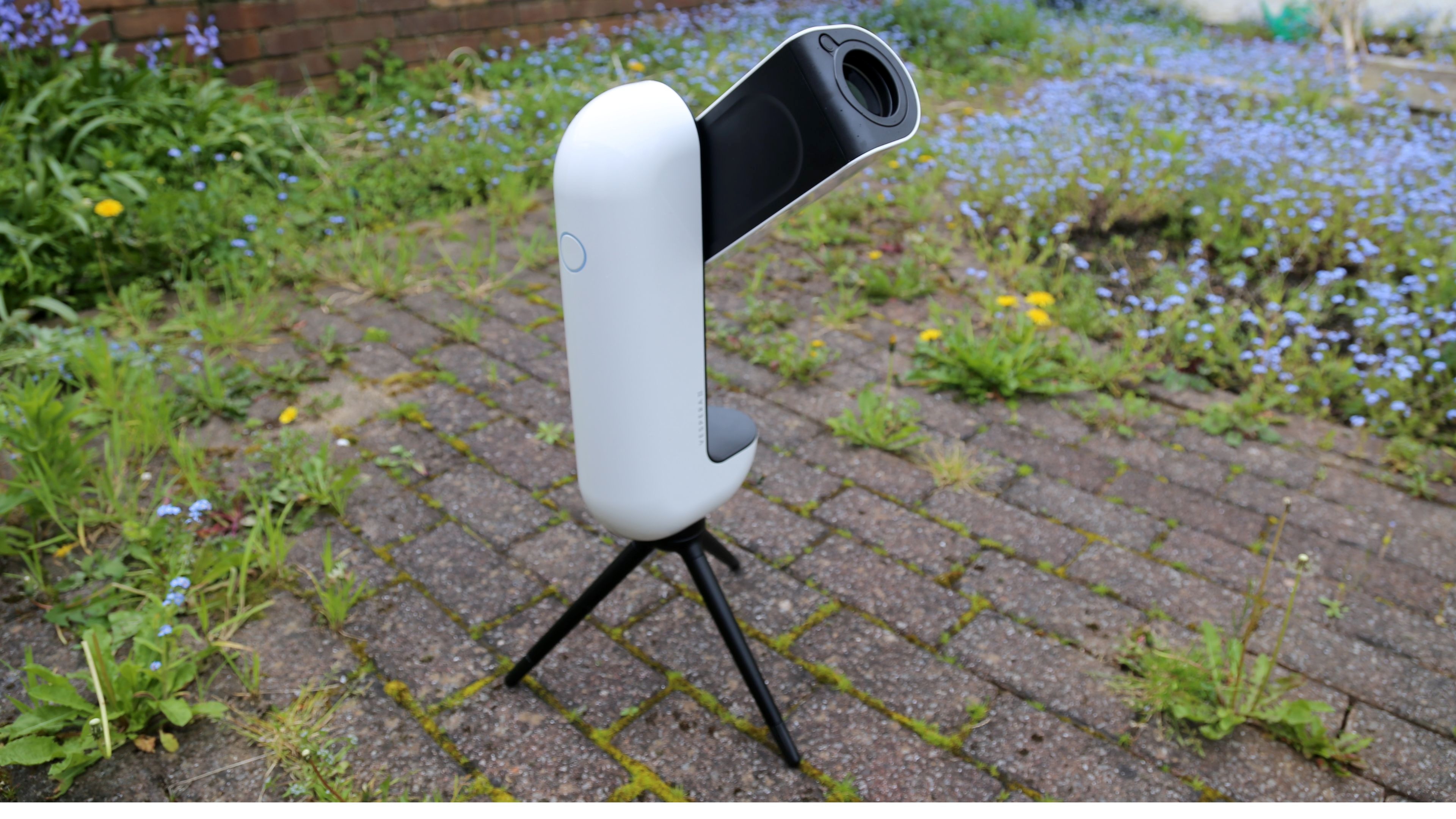
Specifications
Reasons to buy
Reasons to avoid
The Vaonis Vespera II is a brilliant mid-priced smart telescope option. There’s no eyepiece, but everything else is an optional add-on. It’s possible to add an excellent backpack, a light pollution filter, a dual-band filter (for better capturing faint nebulae), a solar filter, and even a hygrometer sensor for humidity data.
The first thing that needs upgrading is its tripod, which is a tiny tabletop affair, though it can be mounted on any photographic tripod. Its battery lasts just four hours, which is a shame, but can be topped-up using any portable smartphone battery. The Vespera II improved significantly on the original Vaonis Vespera in terms of resolution, boasting a 8.3 MP sensor that can produce 24MP images using its Live Mosaic mode. It gets wonderful images from cities – even without the light pollution filter – and it’s possible to export them as raw TIFF and FITS files for post-processing (though only via WiFi and a browser). It doesn’t need focusing nor collimation. As an introduction to the world of smart telescoping the Vespera is hard to beat.
See our full Vaonis Vespera II review.
Best for bargain-hunters

Specifications
Reasons to buy
Reasons to avoid
The eQuinox 2 is a lower-cost alternative to our top-rated Unistellar eVscope 2 - with the main difference is that this smart telescope doesn't have a built-in electronic viewfinder. As such, you need to view the night sky exclusively through your phone or tablet, via a wifi connection. The resolution is also slightly decreased - but its 6.2MP sensor still ensures it gives you better image quality than some earlier smart telescopes.
What impressed us most about the eQuinox 2 in our test is its ease of use. Once set up on its motorized tripod, the Unistellar app effortlessly allows to to locate any one of thousands of objects. We did find that you do need to wait until you have a completely dark sky to get the best results for the set-up - but we love that once it is set-up and running, you can sit inside (or in your car) and control the telescope (which is very welcome on a cold winter's night!).
Read our full Unistellar eQuinox 2 review.
Most portable with eyepiece

Specifications
Reasons to buy
Reasons to avoid
The Odyssey Pro is a simplified version of the Unistellar eVscope 2. Again it has the advantage over other smart telescopes that it can be used like a traditional telescope - as it has a Nikon-designed digital eyepiece, so you are not completely dependent on using your cellphone to see the night sky. This model is cheaper and lighter though - and for that you do sacrifice some resolution. However, its 4.2MP sensor is still capable of producing some great images, in our tests - even in areas with significant light pollution.
See our full Unistellar Odyssey Pro review
Common questions
What is collimating?
Telescope mirrors and lenses need to be aligned to give a nice sharp image. The process of getting them aligned is known as collimation – which you can think of as an essential step, like having to tune a guitar before you play it. Collimating is usually only essential with telescopes that have mirrors in them such as reflectors or catadioptric telescopes.
A great way to see if collimation is the problem is to point the telescope at a bright star and adjust the focus so that the star is out of focus and showing as a big blob. Look closely and you will see a bright outer ring surrounding a dark central disc. If the dark disc is not in the center of the bright ring then the optics are not aligned and you need to collimate.
The steps to achieve this depend on the telescope you have, so check out the manual or find the guide for your telescope online (we've provided the relevant links above for the smart telescopes in this guide) – and you should then be able to get nice sharp images.
You might also like the best lenses for astrophotography and the best star tracker camera mounts. Check out our astrophotography tips while you're here.
Get the Digital Camera World Newsletter
The best camera deals, reviews, product advice, and unmissable photography news, direct to your inbox!

Jamie has been writing about photography, astronomy, astro-tourism and astrophotography for over 15 years, producing content for Forbes, Space.com, Live Science, Techradar, T3, BBC Wildlife, Science Focus, Sky & Telescope, BBC Sky At Night, South China Morning Post, The Guardian, The Telegraph and Travel+Leisure.
As the editor for When Is The Next Eclipse, he has a wealth of experience, expertise and enthusiasm for astrophotography, from capturing the moon and meteor showers to solar and lunar eclipses.
He also brings a great deal of knowledge on action cameras, 360 cameras, AI cameras, camera backpacks, telescopes, gimbals, tripods and all manner of photography equipment.
